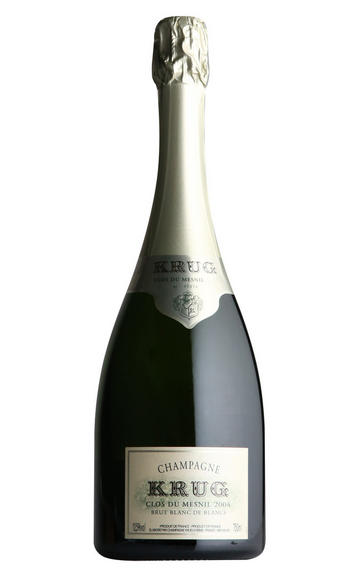
2006 Champagne Krug, Clos du Mesnil, Blanc de Blancs, Brut
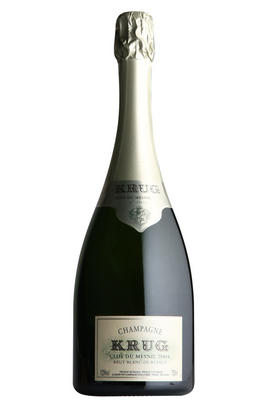
Critics reviews
ID 319030. Disgorged in the third trimester of 2019 and released 12 months later. Presented online by Olivier Krug and Julie Cavil with vintage 2006 and Grande Cuvée based on 2006. He pointed out that Clos du Mesnil is the same size as the Place Vendôme in Paris, so pretty tiny. It could all be picked in one day but they assign two days for the task because the grapes are at different ripeness levels thanks to differences in vine age and a certain amount of shading.
Sleek, lively and lifted – even ethereal – on the nose with light notes of putty. Complex nose – quite mature – but still very tight on the palate. At Krug, they see a minty note. Some definite chewiness. They are happy for the wine to be quite textured. It's definitely skinnier, crisper and overall rather less satisfying than the Krug vintage 2006. They serve this first of the three 'because it has the most precise expression'.
Drink 2020 - 2030
Jancis Robinson MW, JancisRobinson.com (November 2020)
The Krug's 2006 Blanc de Blancs Clos du Mesnil Brut shows refined aromas of citrus fruit, apricot and white pear and delicate notes of toasted biscuit and freshly baked bread. The layered palate is concentrated and delivers an excellent fruit definition, led by a persistent, light mousse and long finish. An approachable vintage, ready to be enjoyed now.
Drink 2020 - 2045
Robert Parker, Jr., Wine Advocate (March 2023)
This is a fabulous edition of Clos du Mesnil. The pure chardonnay is magnificent with density and agility at the same time. Apple and mineral notes with cream and biscuit character. Citrus and hints of Mirabelle. Chalky, yet stony at the same time. Layered, yet linear and really long. But remains subtle. The acidity is so precise and focuses on the flavours and nature. Lasts for minutes. Even better than the 2004.
Drink or hold
James Suckling, JamesSuckling.com (January 2021)
100% Chardonnay, disgorged at the end of 2019. Dosage: 4g/l.
The first aromatic impression is surprisingly floral in the context of such a hot vintage and then evolves to reveal elements of menthol, liquorice and yellow fruit. With aeration, the bouquet blossoms to reveal increasing complexity, including spicy notes. On the palate, this is a fleshy and densely textured Clos du Mesnil with a salty tang on the finish, one that stands out for its singularity, albeit in the context of a classic crystalline, tense purity. Bravo – a work of art!
Drink 2020 - 2070
Yohan Castaing, Decanter.com (September 2020)
About this WINE
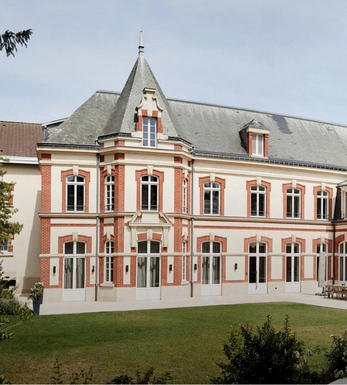
Krug
Krug was established in 1843 and has since specialised in producing only prestige and specialised champagnes. Krug is the only firm still producing all its champagne in small oak casks, an essential element for developing Krug's intense bouquet and complex flavours. Today, Henri, Rémi and Olivier Krug, who supervise every step of production, tasting and blending, represent the 5th and 6th generations.
With long periods of maturation (6-8 years), Krug champagne continues to age gracefully after release, developing an intensely rich, nutty flavour whilst remaining remarkably fresh.
Krug`s finest champagne is Clos du Mesnil, a 100%-Chardonnay based champagne that comes from a small walled vineyard at Le Mesnil-sur-Oger. It is one of the world`s greatest Blanc de Blanc champagnes.
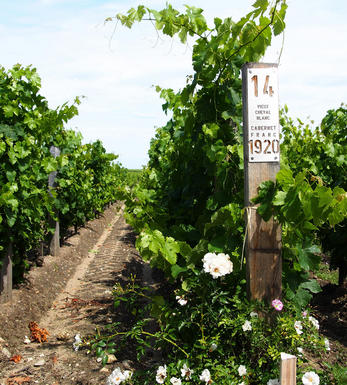
Blanc de Blancs
In Champagne, the term Blanc de Blancs designates Champagnes made only from Chardonnay grapes. The vineyards located between Cramant and Mesnil-sur-Oger in Cote de Blancs yield the best examples of the style.
A classic Blanc de Blancs is restrained and elegant when young, yet with ageing it develops a mouth-coating brioche richness that overlays an intense expression of fruitiness. Blanc de Blancs are endowed with longer ageing potential than a typical Blanc de Noirs.
Recommended Producers: Salon, Billecart Salmon, Jacques Selosse, Dom Ruinart, Krug, Le Mesnil Grand Cru, Guy Larmandier
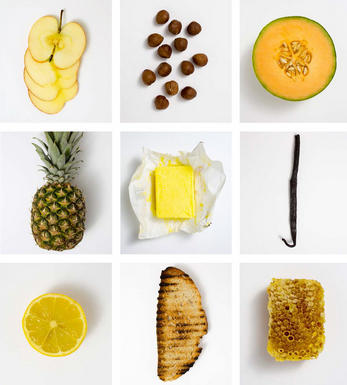
Chardonnay
Chardonnay is often seen as the king of white wine grapes and one of the most widely planted in the world It is suited to a wide variety of soils, though it excels in soils with a high limestone content as found in Champagne, Chablis, and the Côte D`Or.
Burgundy is Chardonnay's spiritual home and the best White Burgundies are dry, rich, honeyed wines with marvellous poise, elegance and balance. They are unquestionably the finest dry white wines in the world. Chardonnay plays a crucial role in the Champagne blend, providing structure and finesse, and is the sole grape in Blanc de Blancs.
It is quantitatively important in California and Australia, is widely planted in Chile and South Africa, and is the second most widely planted grape in New Zealand. In warm climates Chardonnay has a tendency to develop very high sugar levels during the final stages of ripening and this can occur at the expense of acidity. Late picking is a common problem and can result in blowsy and flabby wines that lack structure and definition.
Recently in the New World, we have seen a move towards more elegant, better- balanced and less oak-driven Chardonnays, and this is to be welcomed.


Buying options
Add to wishlist
Description
100% Chardonnay, disgorged at the end of 2019. Dosage: 4g/l.
The first aromatic impression is surprisingly floral in the context of such a hot vintage and then evolves to reveal elements of menthol, liquorice and yellow fruit. With aeration, the bouquet blossoms to reveal increasing complexity, including spicy notes. On the palate, this is a fleshy and densely textured Clos du Mesnil with a salty tang on the finish, one that stands out for its singularity, albeit in the context of a classic crystalline, tense purity. Bravo – a work of art!
Drink 2020 - 2070
Yohan Castaing, Decanter.com (September 2020)
wine at a glance
Delivery and quality guarantee